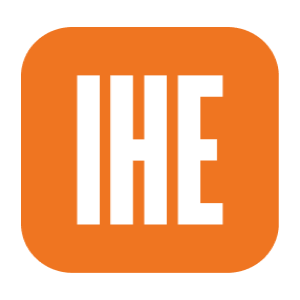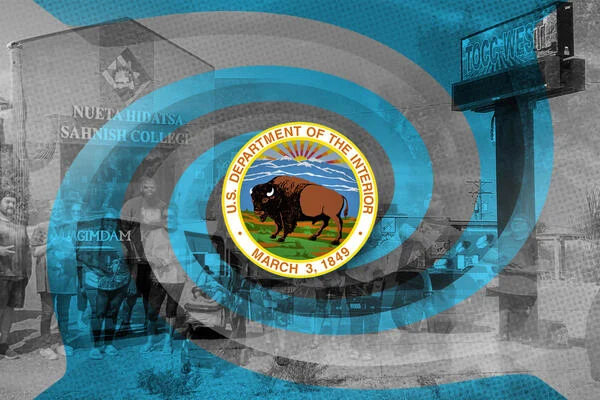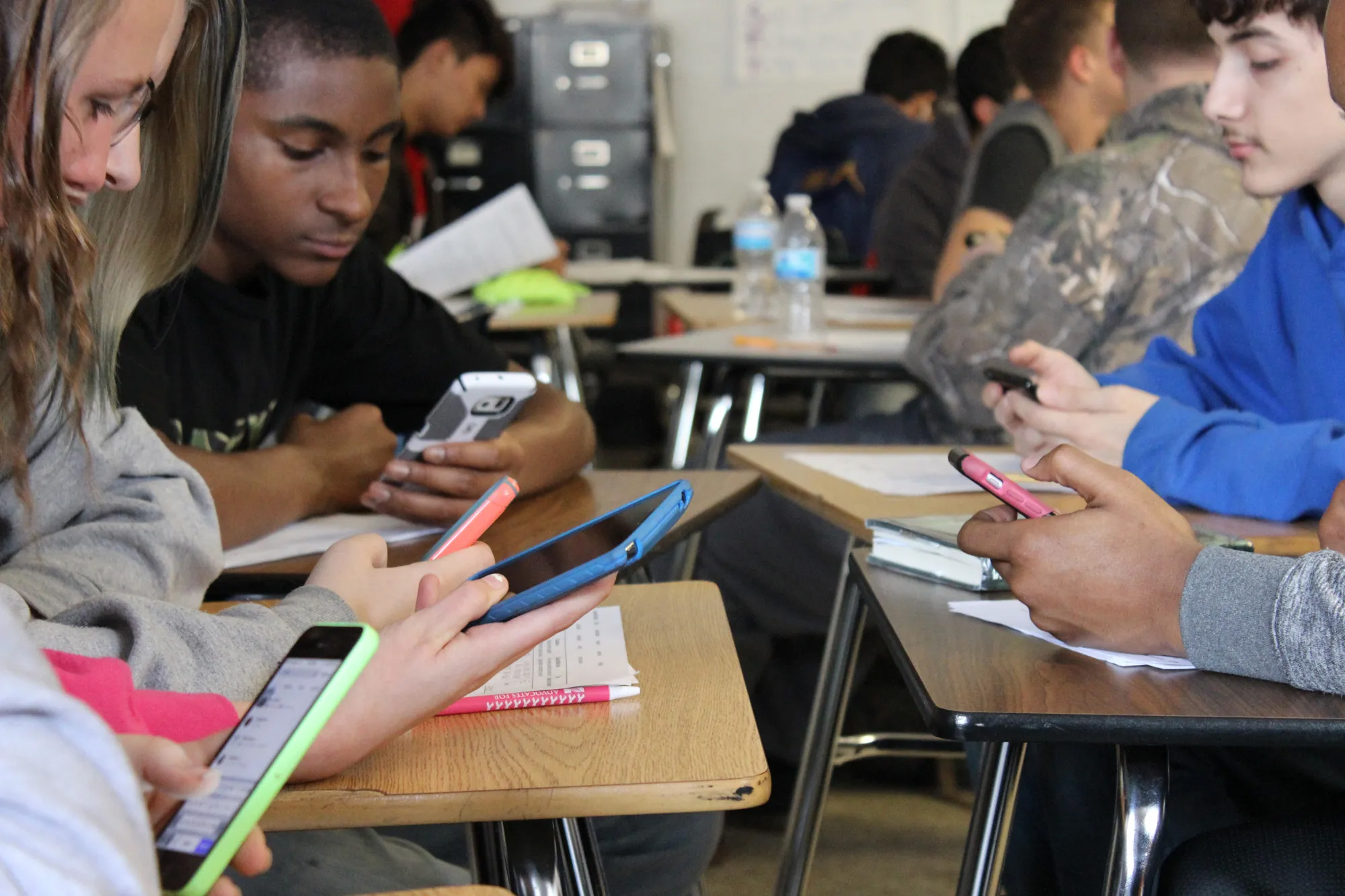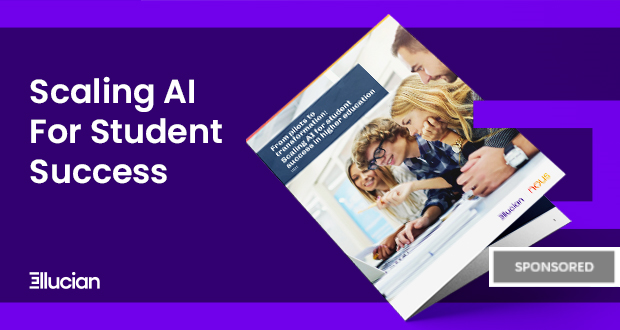This past week, presenting at the UPCEA MEMS conference in Boston, we explored a question that is becoming central to the future of higher education: What does it actually take to engage learners in lifelong learning with an institution?
In a moment of rising enrollment volatility, shifting global dynamics and accelerating technological change, this question cuts to the heart of what universities must become. For decades, higher education has centered its marketing and enrollment strategy around discrete, program-level recruitment pipelines: find prospective students, convert them into a program and repeat the cycle for the next cohort.
But today’s learners don’t behave in discrete cycles. Their lives aren’t structured around one big decision. They move fluidly across roles, industries and learning needs. They progress in fits and starts. They upskill to chase opportunity or reskill to navigate disruption. They return to learning not once, but many times over.
And that means universities have a unique opportunity—if they choose to seize it.
Rethinking Acquisition
Rather than thinking transactionally—acquiring each enrollment anew—we can build relationships that honor a simple premise: If we provide value consistently, learners will keep choosing us.
This is about rewriting the social contract. Not only with current students, but with alumni, midcareer professionals, online learners and the millions of individuals who may engage with us long before (or long after) a degree is on the table.
Gone are the days when it is sufficient for a university to promise that earning a college degree is all that is needed for a long, successful career. Today’s learners and our broader society demand more.
Instead, imagine a world where a learner begins with a short online experience or a noncredit course from an institution and immediately encounters a clear, welcoming pathway:
Try something, learn something, earn a credential, return to learn more; stack the credentials and pursue a degree; return again for what’s next in their career and life.
This is not an acquisition and retention strategy rooted in constraints. It is a relationship strategy rooted in community, trust and relevance.
Lifetime learning becomes a shared journey and not simply a recruitment goal.
Why Strategic Marketing Must Shift
Much of higher ed’s traditional marketing infrastructure was built for a different era—one where programs were stable, pipelines were predictable and learners followed linear paths. Budgets are owned by program leaders, who allocate a portion to marketing “their” program. Central marketing functions may provide brand guidelines and a few templates. Marketing happens in silos across the institution.
Challenges to this model today abound: from surging paid media costs and the rise of nontraditional learners to how AI is reshaping both labor markets and learner preferences. In this landscape, marketing single programs in isolation is not only inefficient—it’s misaligned with how learners actually behave.
The more effective and learner-centered approach is clear.
Market On-Ramps and Pathways, Not Just Destinations
Instead of funding dozens of disconnected campaigns across schools and units, universities can invest centrally in marketing strategic portfolios of programs, composed of not just degrees but noncredit courses, certificates and more. This aligns messaging, reduces duplication, supports brand coherence, expands reach and—most importantly—mirrors the way different learner segments make decisions.
People don’t all jump straight into an undergraduate degree or master’s program. They explore. They try something small and low-risk. They re-engage when life or work creates new urgency. They seek clarity, not complexity.
Portfolio-based marketing meets them where they are.
Building for Lifelong Value
At the University of Michigan, we have been reorganizing our approach to online learning and marketing through this lens. Michigan Online, stewarded by the Center for Academic Innovation, serves as our unified destination for online, noncredit and for-credit learning opportunities.
When a learner enters Michigan Online, our goal is not simply to direct them to a single offering; we welcome them into a coherent ecosystem.
- Pathways That Make Progression Clear
We’ve aligned noncredit courses and certificates with for-credit opportunities, creating intentional pathways that help learners move from exploration to deeper engagement. When learners earn value early, the transition to degrees becomes more natural and more meaningful.
- CRM and Automation as Relationship Infrastructure
We invested in CRM and marketing automation, bringing together noncredit and for-credit learner records into a single enterprise system. Just as importantly, we invested in the people and processes to use the tools well. This allows us to nurture learners over time, personalize recommendations, track cross-program engagement and create communications that feel relevant rather than transactional.
- A Shared Experience, Not a Siloed One
By unifying messaging, branding and learner pathways, Michigan Online makes it easier for individuals to see themselves across programs, schools and stages of life. Instead of navigating institutional boundaries, they navigate opportunities.
- Reduced Reliance on Expensive Paid Media
When the value is built into the learning itself—and when pathways clearly connect noncredit to for-credit—universities can rely less on costly late-funnel advertising. The relationship, not the ad spend, becomes the engine of enrollment.
The Future Belongs to Institutions That Build Relationships, Not Funnels
A lifetime-value approach to learners is not simply a marketing strategy. It is an institutional strategy. It asks universities to:
- Design portfolios—not just degree programs
- Welcome learners early—with value, not pressure
- Create seamless transitions between credential types
- Embrace personalization at scale
- Invest in shared infrastructure instead of parallel campaigns
- Build trust by offering meaningful learning at every stage
Learners are telling us, through their behavior and their choices, that the old model no longer fits. They want ecosystems, guidance and clarity. They still want courses and content but they also want coaching and community. They want to return again and again, not because they’re targeted—but because they’re well served.
The question for universities is not whether this shift is coming. It’s whether they will lead it. Leading means protecting a direct relationship with learners—so access, quality, privacy and long-term benefit remain anchored in educational values, not solely in market logic
We believe that if institutions embrace this more holistic, value-centered approach—one rooted in lifelong relationship-building—they will not only strengthen enrollment resilience. They will also deepen their impact, broaden their reach and fulfill the promise at the heart of higher education: to support learners not just once, but throughout their lives.










